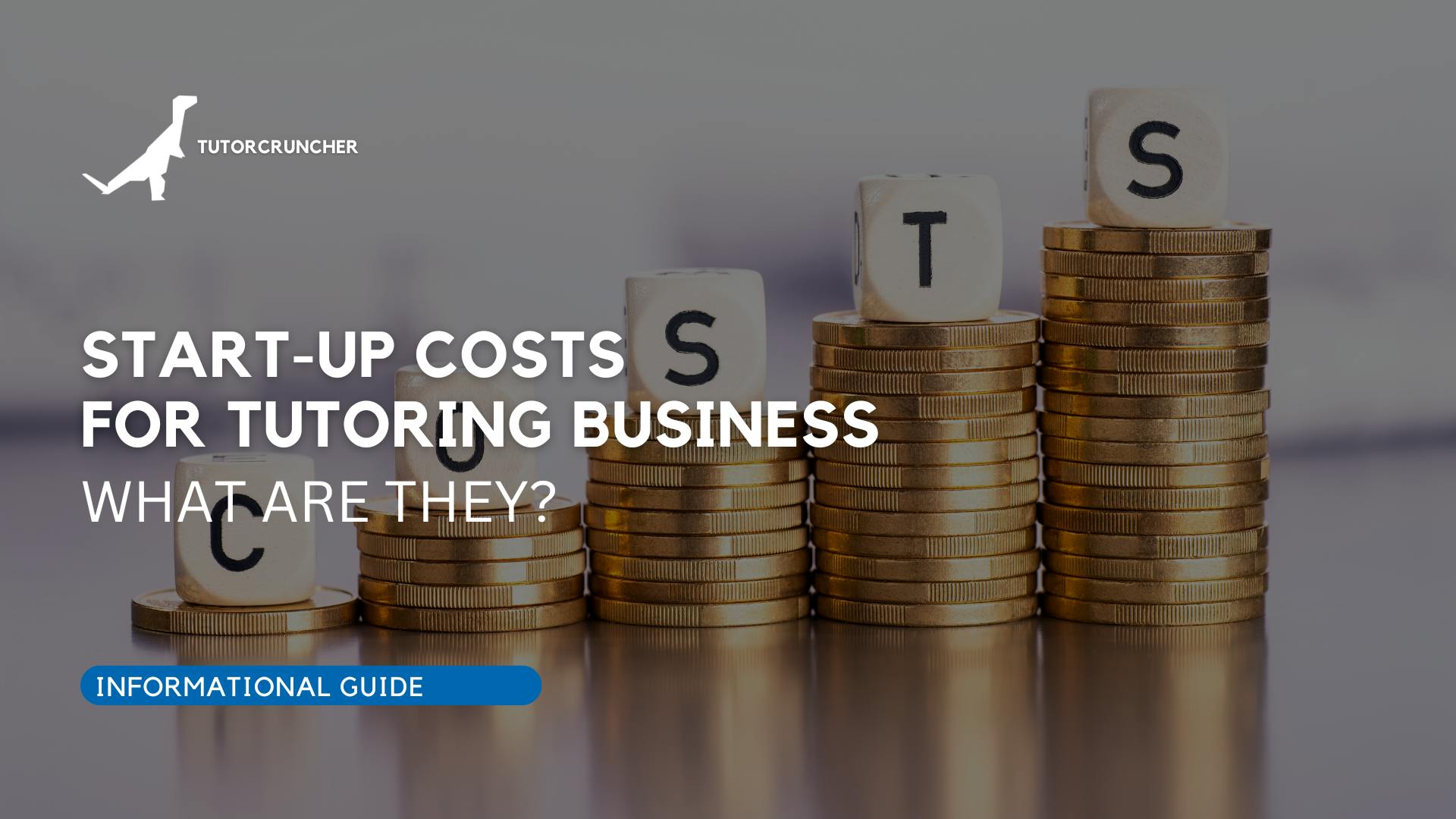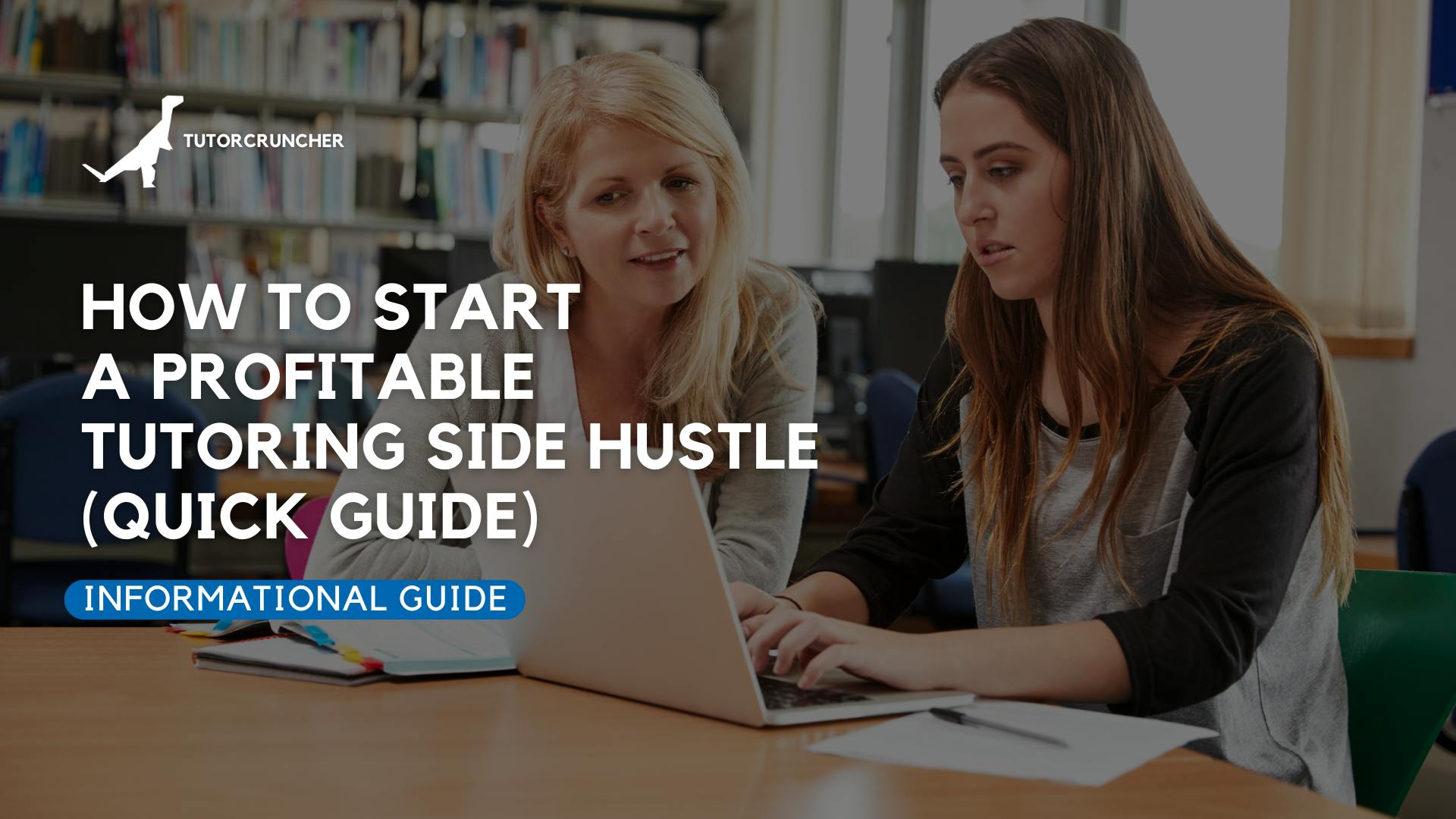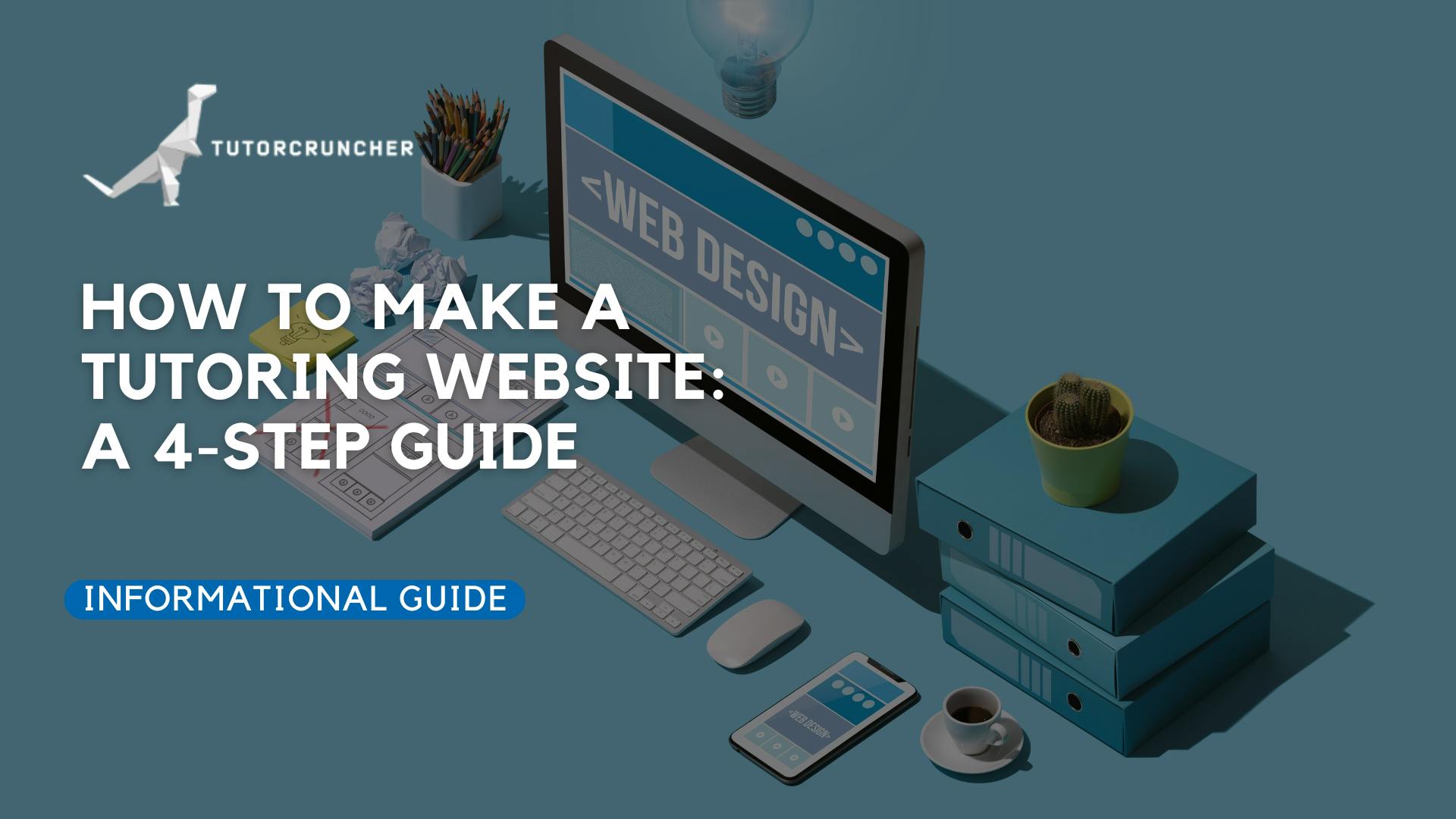Entering into the tutoring session for the first time can be a pivotal moment for both tutor and student. It sets the tone for the relationship and establishes the foundation upon which future learning will build. It's crucial that you, as a tutor, create a positive learning environment that encourages open communication. The initial meeting is largely about making a strong first impression and beginning to build rapport that will ease the path for learning.
Understanding your student's unique needs and strengths is critical in tailoring your teaching approach. A successful first session involves not just a review of the subject matter but also a dialogue to comprehend the student's learning style and any potential challenges they face.
This guide will help you to create a productive environment and provide some helpful first tutoring session ideas, from delivering a space for listening to assisting the student with resources and homework.
1. Understanding your student

Image by Thirdman on Pexels
In your first session, it's essential to focus on learning about your student's unique needs and goals. This understanding will form the foundation of a successful and personalized educational experience.
Establishing rapport
Begin by building a connection with your student, regardless of their age. Show interest in their interests and life outside of academics. This fosters a comfortable environment conducive to open questions and honest communication.
PS: If you’re running a tutoring agency, it’s crucial that you use tutor matching to pair the right student with the right educator. For this, TutorCruncher’s Tutor Filter is ideal.
Identifying learning styles
Acknowledge that each student has a preferred way of learning. Some may be visual learners while others might favor auditory or kinesthetic approaches. Through questions and observation, discern their learning style so you can tailor your tutoring strategies effectively.
Addressing expectations
It's pivotal to discuss and align on short-term and long-term goals. Understand their academic backgrounds and what they aim to achieve. Set clear and measurable targets to create a roadmap for your sessions together.
2. Creating a productive environment

Image by Julia M Cameron on Pexels
When preparing for a tutoring session, your learning environment's setup directly impacts your ability to focus and engage. Let’s cover ways to minimize distractions, set up your space, and handle technology requirements.
Minimizing distractions
Distractions are the primary barrier to a productive learning session. Here's what you need to do:
- Identify potential sources of interruptions ahead of time and manage them. This includes muting your phone and using apps to block distracting websites.
- Communicate with others in your home or space to ensure they understand you are in a tutoring session and need quiet.
Setting up the space
The right space setup promotes focus and a conducive learning atmosphere. Here’s how to achieve this:
- Select a location that is quiet and used solely for studying, if possible.
- Arrange your desk or table to face away from high-traffic areas.
- Ensure your space is well-lit and comfortable, with all necessary supplies within reach.
Technology essentials
With online tutoring, seamless interaction depends on the technology you use. Please take these steps to optimize technology use:
- Test your internet connection to avoid connectivity issues.
- Use a high-quality microphone and headphones to ensure you can hear and be heard clearly.
- Familiarize yourself with the online platform beforehand to navigate features with ease.
3. Planning the first session

Image by Mikhail Nilov on Pexels
Before stepping into your first tutoring session, proper planning is crucial. Ensure you have a solid lesson plan, engaging activities, and all necessary tutor resources prepared in advance to facilitate a successful learning environment.
Developing a lesson plan
Your lesson plan is the structure for a tutoring session. Start by outlining clear learning objectives to focus on the student's own standards. Then, allocate time slots for each topic, ensuring you cover the basics within the timeframe. For example:
- Introduction: 5 mins – Recap previous knowledge
- New Material: 15 mins – Introduce new concepts
- Interactive Learning: 10 mins – Reinforce through dialogue
- Summary: 5 mins – Review and set goals for the next session
Incorporating engaging activities
Incorporate activities that foster interaction and interest. Use games that improve problem-solving skills and tailor them to your student's preferences. For instance, if your student enjoys soccer in their everyday life, you might create a math game where scoring goals equates to solving problems. This is especially relevant for younger kids, as more learning after school often feels like a chore. Here's an activity structure you could use:
- Warm-up: Quick, subject-related game – 5 mins
- Main activity: Problem-solving tasks – 15 mins
- Cool-down: Reflective discussion about the activity – 5 mins
Preparing resources
Gather your teaching resources before the session. This could be textbooks, digital tools, or worksheets. Organize them neatly and accessible for you and your student. Create a checklist for each session:
- Textbooks
- Worksheets (printed or digital)
- Access to online tutoring platforms/tools
- Whiteboard and markers (for in-person tutoring sessions)
Ensure each resource aligns with the goals of your lesson plan and the intended outcomes of the activities planned. You can’t be over prepared!
4. Executing the session

Image by Katerina Holmes on Pexels
When conducting your first tutoring session, your primary goals are to build a great rapport with your student, establish an environment conducive to learning, and gather information to tailor future lessons.
Dressing appropriately and arriving punctually
It’s important to set a good impression with both the learner and the parent, so wear smart-casual clothing. Often, this serves as an immediate judgement with regards to clients of your suitability based on how you dress.
You could be a great tutor with a fantastic teaching ability, but if you’re wearing a loose-fitting T-shirt and sweatpants – you might not be asked back. Now, this changes due to the context of the tutoring sessions, for example what you wear to sessions for business accounting will differ to tutoring younger kids.
Additionally, it’s pivotal to arrive on time as a new tutor. Being late is a surefire way to make a student feel annoyed and underappreciated. A great idea to prepare is by driving the route the weekend before or looking it up online.
Building confidence through interaction
Initiating direct communication is key to building your student's confidence. Engage students with a fun ice breaker, like two truths and a lie or a game that relates to the subject area. This activity should set a relaxed tone for your session and let students feel at ease with you to participate actively.
- Share a fun fact related to the lesson.
- Encourage students to talk about their interests related to the subject.
- Break up the session in segments to keep it engaging.
Utilizing instructional tools
Make lessons interactive by incorporating a variety of instructional tools. Visual aids, educational apps, and hands-on materials can transform a conventional lesson into an engaging experience.
- Use flashcards for quick-fire questions.
- Implement relevant apps to reinforce concepts through games.
- Utilize online whiteboards if conducting a virtual tutoring session.
Encouraging feedback
At the close of the first lesson, seek feedback. This helps to place value in their opinion, fostering an open channel for communication and building a good relationship.
- Ask specific questions on what they enjoyed or found challenging.
- Encourage them to suggest topics or activities for the next lesson.
PS: You can also use our comprehensive CRM software to get useful reviews from clients.
5. Closing the first session

Image by John Schnobrich on Unsplash
The end of your tutoring session is crucial for reinforcing what has been learned and setting the stage for future learning. Make sure to allocate time for these final steps, as they are essential in ensuring consistent progress and meaningful engagement with your student in the long run.
Reflecting on performance
Begin by encouraging your student to recap what they've learned. This reflection helps solidify the key takeaways and ensures that both of you recognize the session's accomplishments. For example, you could use the following prompts to guide the conversation:
- "What was one concept from today that you feel more confident about?"
- "Can you show me how you would solve a similar problem we worked on today?"
Setting goals for future sessions
Next, it's important to look ahead and establish objectives. Setting goals for your upcoming sessions can provide clear direction and motivation. These should be specific, measurable, achievable, relevant, and time-bound (SMART goals). Consider using a list format for clarity:
- Specific: Identify particular areas for improvement or new topics to cover.
- Measurable: Determine how progress will be tracked.
- Achievable: Set realistic challenges that are attainable with effort.
- Relevant: Ensure goals are directly related to the student's overall learning objectives.
- Time-Bound: Decide on a timeline for achieving the goals.
Fostering ongoing communication
Finally, establish the expectation of ongoing communication. Emphasize the importance of keeping the dialogue open between sessions. This could be through email, messaging apps, or a shared online document. Let your student know they can reach out with questions or share successes. Here's what you might say:
- "Feel free to send me questions you have before our next session."
- "I'd love to hear about how you apply today's lessons in your school work!"
By including these steps, you close the session with a clear understanding of progress and a plan for future sessions, while keeping the lines of conversation open.
PS: Talking about future sessions, our scheduling software can provide you with automatic lesson reminders, external calendar integrations, and set repeating lessons.
Frequently Asked Questions

Image by Karolina Grabowska on Pexels
Still have some nagging thoughts about your first lesson? Check out these commonly asked queries about tutoring.
What are effective strategies for structuring a tutoring session?
To structure a tutoring session effectively, start by setting clear objectives and then scaffold your activities to support these goals. Ensure your student has their own set of tools and necessary knowledge before beginning each new task.
What should you consider when preparing the initial tutoring session with a primary-aged child?
Preparing for primary school students involves understanding their developmental stage. Focus on creating a welcoming environment and incorporate activities that cater to their attention span and interests to foster engagement and learning.
What essential topics should be covered during the first meeting with a tutoring student?
Discuss the student's aspirations, current academic standing, specific challenges, and learning styles. Additionally, find out any deadlines they're working towards and the pace at which they're comfortable learning.
How to make the first ESL tutoring session both engaging and productive for the learner?
For ESL sessions, start with simple conversational exercises to gauge the student's level of comfort with the language. Incorporate multimedia and real-life scenarios to practice speaking, listening, and comprehension, making the learning process relevant and enjoyable.
Wrapping up the best first tutoring session ideas
The first lesson for a tutor can be tricky, but if you follow some of these first tutoring session tips, you’re sure to do well. Clearly, you managed to get tutoring clients, so all you need to do now is understand where your student feels they are struggling and assist them to improve their natural ability.
If you’re looking for more tutor resources, then you’ve come to the right place. TutorCruncher can provide you with top-notch tutor management software that makes it easy to teach, demonstrate, and prepare.



